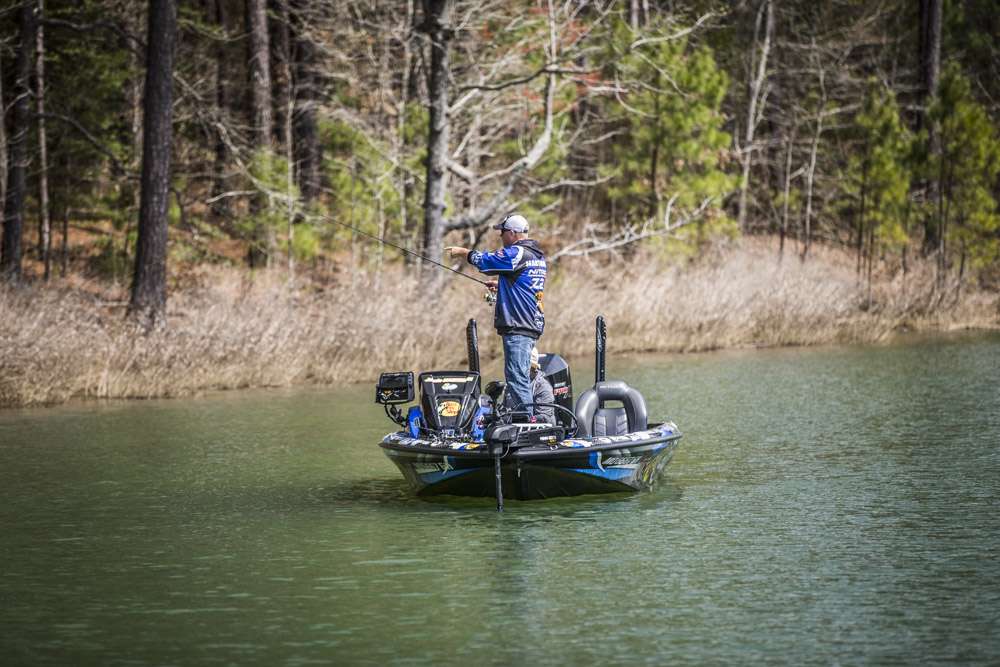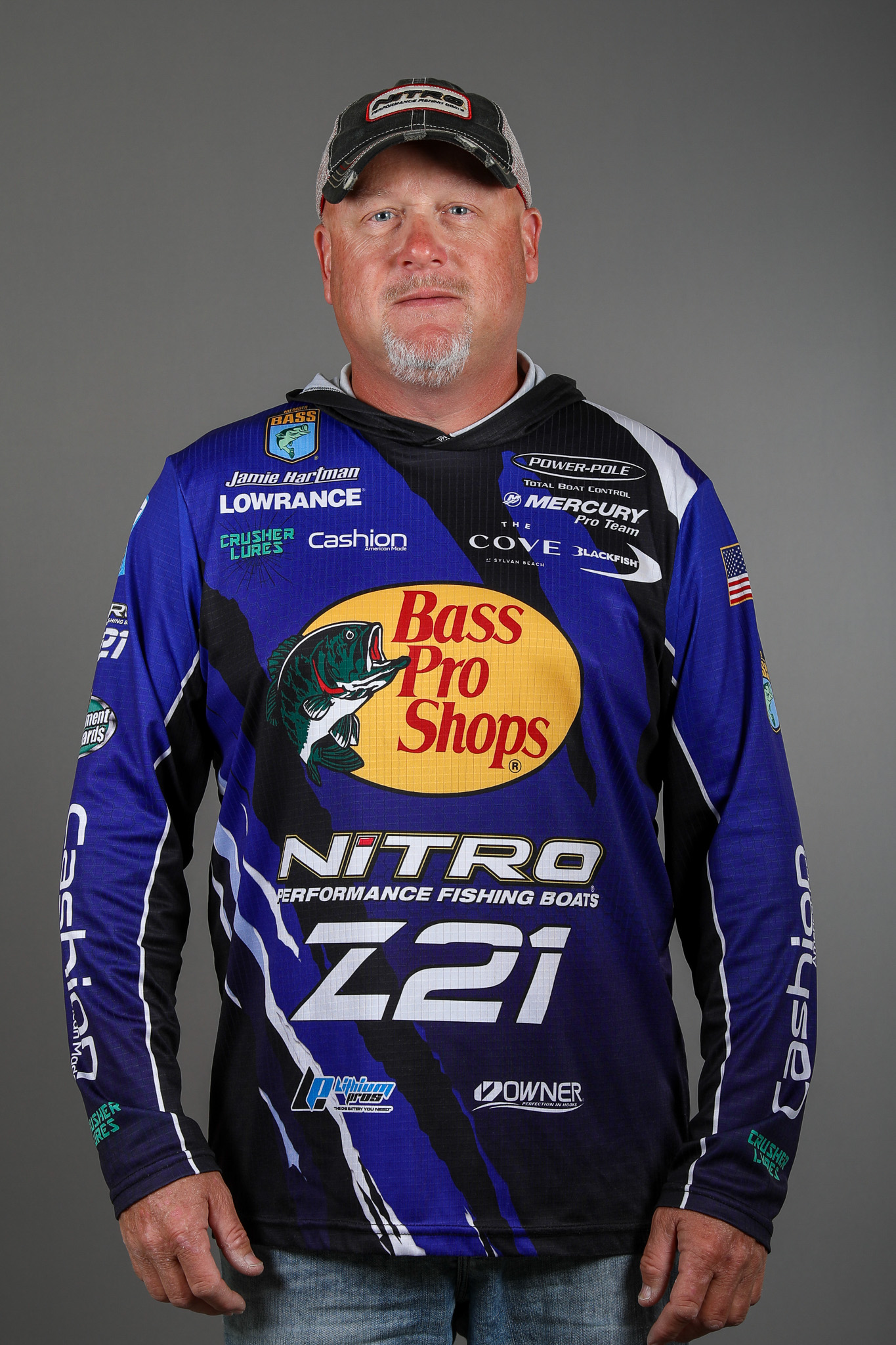
If I had to make one point about the postspawn, it would be “pay attention to the points.”
When you look a the geography of a largemouth spawning area, they often pass several points on their way into the shallows. Prespawners will stage on these points as they get ready for the spawn, and when the fish are leaving the spawning areas, those same points give them places to stop and rest before moving to their summer patterns.
We saw a good example of this during the recent Toyota Bassmaster Texas Fest on Lake Fork. Those shell bed points heading out of he spawning bays were some of the key areas where guys caught fish.
The habitat alone is attractive to postspawners, but a shad spawn can really increase the attraction. Those big females want easy meals while they are recovering and an early morning shad spawn gives them a prime feeding opportunity.
What I look for here are secondary points and what I call main lake short points — you don’t want the ones that go way out. Ideally, you’ll have some brush, hay grass or shell beds so the fish have something to relate to, but the key is a good food source.
I like topwater walking baits, poppers and frogs for this scenario. You can also get them on swim jigs and squarebills, but don’t overlook the jerkbait for this deal.
For the secondary points inside the pockets, I want to look for spots where the creek channel swings close. The deep water is important for the fish’s migration routes, so these spots will see a lot of fish on their way in and out.
For any points I fish, boat positioning is key. I like to stay deep and throw shallow because I know the fish are up there; especially if they’re showing themselves with a shad spawn.
I like to face into the wind, but if the wind is too bad, I’ll position on the other side and use my Minn Kota Ultrex trolling motor to lock onto the spot and throw backwards.
Clarity is always a consideration for bass, but I’ve found that the water on a point doesn’t necessarily have to be clear, as long as there’s a shad spawn happening. Of course, it can’t be muddy, but those fish will tolerate some stain, as long as the food is there.
The good thing about points is that you’ll often find the fish in a common depth and position from one to the next. So once you dial in what they like, you can absolutely run a pattern this way.
It’s important to pay attention to where you caught them on one or two points and then you can start replicating that throughout the lake. When I find productive points, I’ll set up a milk run where I’ll hit them at different times of the day.
That worked for me on Lake Fork, but after the first day, a lot of guys started getting onto that and it was tough to pull onto each point when there were boats on them. When that happens, you just start point hopping and realize that a lot of it is timing.
If the wind blows onto a point, that’s ideal; so if you have points facing south and points facing north, hit the ones that the wind is blowing onto. If someone’s on one of your points, keep moving around and make the most of your opportunities.

